Discover 11 hidden attractions, cool sights, and unusual things to do in Freising (Germany). Don't miss out on these must-see attractions: Freising Cathedral, Sichtungsgarten Weihenstephan, and Weihenstephan Abbey. Also, be sure to include Schafhof - Europäisches Künstlerhaus Oberbayern in your itinerary.
Below, you can find the list of the most amazing places you should visit in Freising (Bavaria).
Table of Contents
Freising Cathedral
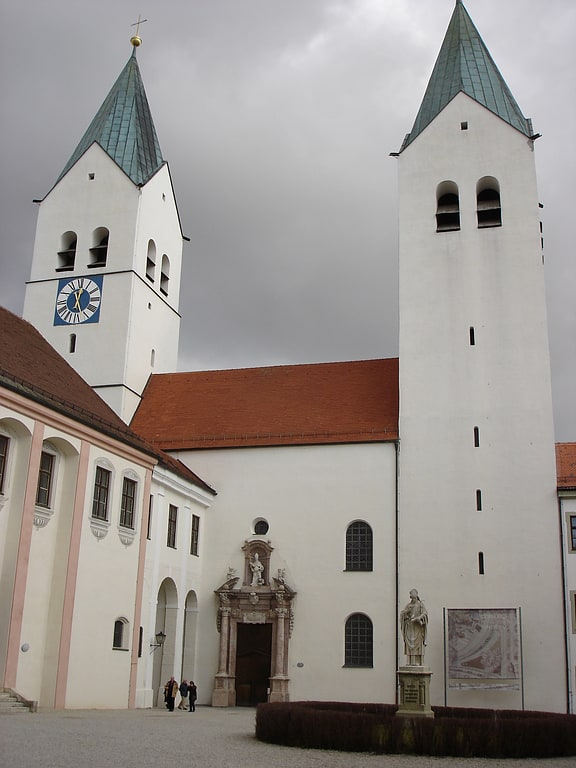
Also known as: Freisinger Dom
Ornate 12th-century basilica and crypt. Freising Cathedral, also called Saint Mary and Corbinian Cathedral, is a romanesque basilica in Freising, Bavaria. It is the co-cathedral of the Catholic Archdiocese of Munich and Freising. Freising Cathedral is also known for being the place where Pope Benedict XVI was ordained a priest.[1]
Address: Domberg 36, 85354 Freising
Sichtungsgarten Weihenstephan
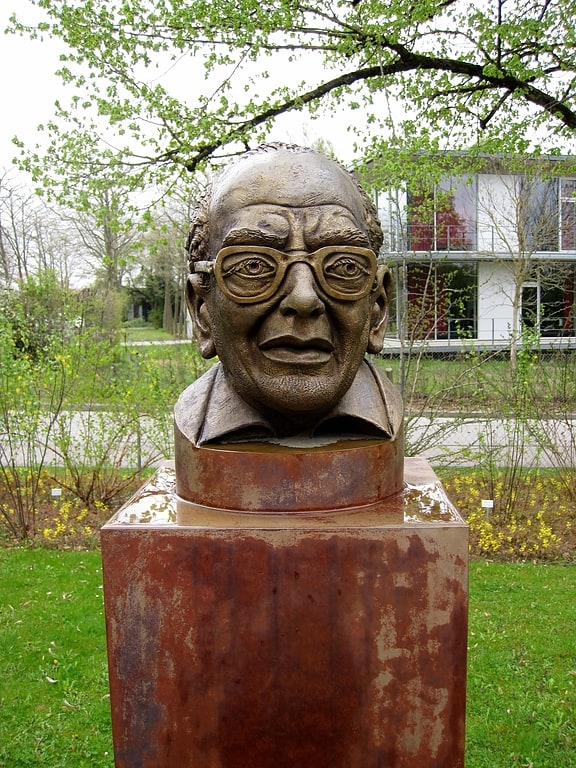
Botanical garden in Freising, Germany. The Sichtungsgarten Weihenstephan is a garden maintained by the Research Institute for Horticulture of the Fachhochschule Weihenstephan. It is located at Am Staudengarten 9, Weihenstephan, Freising, Bavaria, Germany, and is open daily except Sunday in the warmer months; admission is free.
The garden was founded by Richard Hansen in 1948 on the grounds of a nineteenth-century villa. It now contains a large variety of perennial plants, and is primarily focused on education and training for students of horticulture, food technology, and landscape architecture.
The garden is renowned for its spectacular flower beds and borders, best to be appreciated between June and September.[2]
Address: Am Staudengarten 7, Freising
Weihenstephan Abbey

Also known as: Kloster Weihenstephan
Monastery. Weihenstephan Abbey was a Benedictine monastery in Weihenstephan, now part of the district of Freising, in Bavaria, Germany. Brauerei Weihenstephan, located at the monastery site since at least 1040, is said to be the world's oldest continuously operating brewery.[3]
Schafhof - Europäisches Künstlerhaus Oberbayern
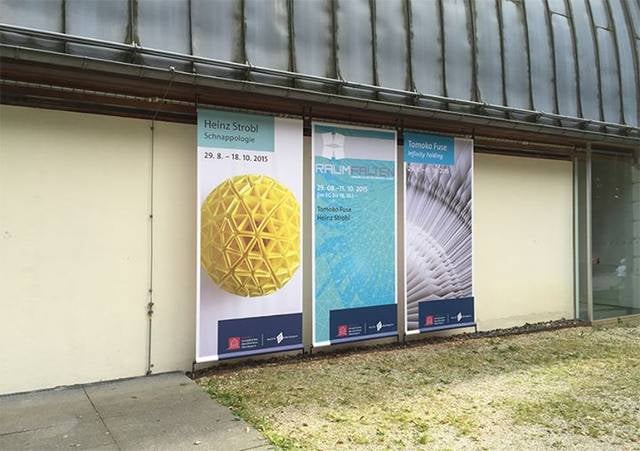
Museum
Address: Am Schafhof 1, Freising
Bayerische Staatsbrauerei Weihenstephan
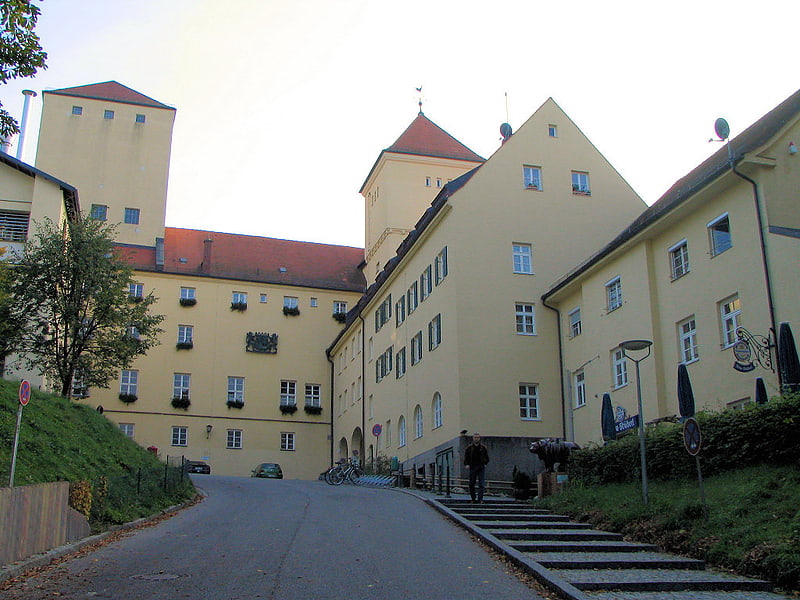
The Bayerische Staatsbrauerei Weihenstephan is a German brewery located on the site of the former Weihenstephan Abbey in Freising, Bavaria. In 2014, the total output was 382,341 hectolitres. The brewery advertises itself as "The World's Oldest Brewery", although this claim is disputed.[4]
Address: Alte Akademie 2, Freising
Diocese Museum
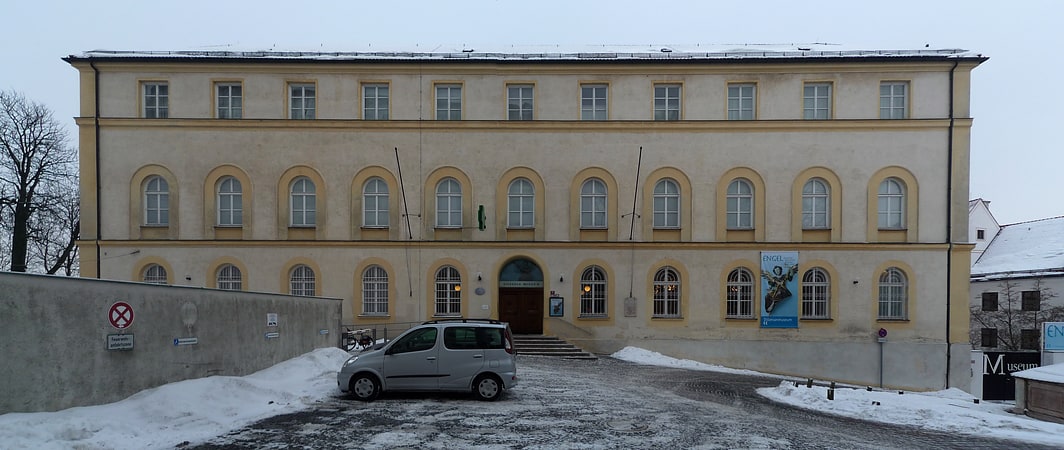
The Diözesanmuseum Freising on the Domberg in Freising is the museum of the Archdiocese of Munich and Freising.
Address: Domberg 21, Freising
City Hall

The town hall of Freising is the seat of the city administration. The historic building was erected in 1904/05 according to plans by Günther Blumentritt on the west side of Marienplatz, in the middle of Freising's old town. To the north is the city parish church of St. George diagonally opposite to the southeast is the Asam building.
Address: Weizengasse 3, Freising
Baroque hall of the Cathedral library
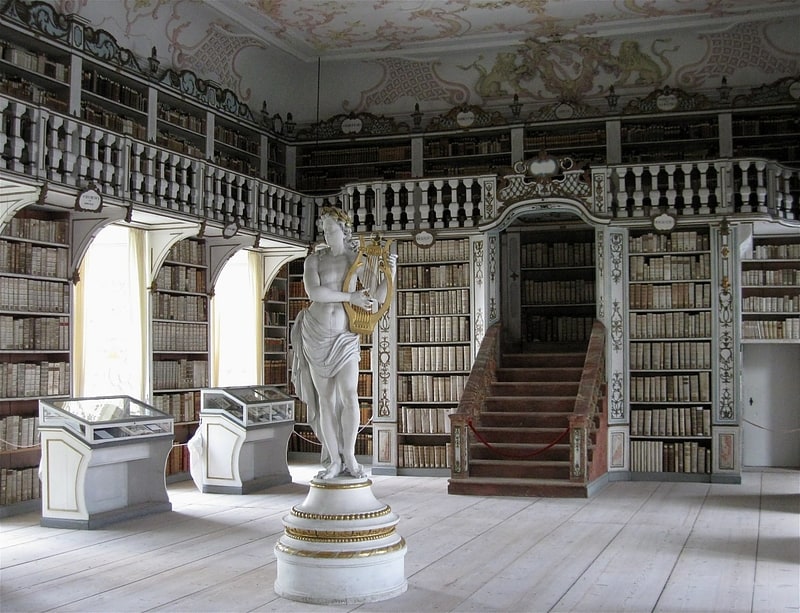
The Freising Cathedral Library on the Domberg in Freising is the central library of the Archdiocese of Munich and Freising and one of the largest ecclesiastical libraries in Germany.
Address: Domberg 40, Freising
St. Benedikt
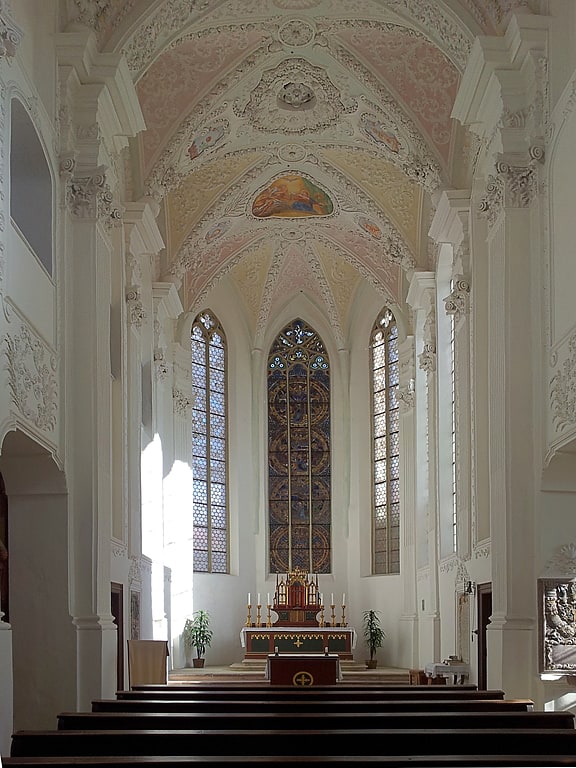
The Benediktuskirche is a Catholic church on the Domberg in Freising. The church is located east of the cathedral and can be reached through the cloister that passes through the back of the Benediktuskirche. The church is separated from the cloister only by iron bars.
Otto of Freising already mentioned the church in his chronicles (V, 24), according to which it was built by Bishop Korbinian, who established a monastic community there.
Probably around 825, with the introduction of the Regula Benedicti, a first church was built at the Freising cathedral monastery. However, it is unclear whether this already stood on the site of the present church. From the 12th century, the church was venerated as the place of burial of the first Freising bishop Korbinian.
The construction of the present church was initiated in 1347 by Cathedral Provost Otto von Maxlrain. At that time, due to disputes between Louis the Bavarian and the papal curia in Avignon, no bishop could hold on for long. In the course of the late 14th and early 15th centuries, the church received a complete stained glass interior and this remained until the 18th century. Of these windows, each of which had been donated by a canon, only the main window in the eastern window opening of the choir exists today. The Gothic church received baroque stucco work by Nikolaus Liechtenfurtner in 1716.
The former high altarpiece from 1665, "Expulsion of the Merchants from the Temple" by Christopher Paudiß, is now in the Diocesan Museum. In the northern aisle painting "Beheading of John the Baptist" by Andreas Wolff.
After the monks of the cathedral monastery, the secular priests of the Freising cathedral chapter were also buried in the church and cloister.
Stadtpfarrkirche St. Georg
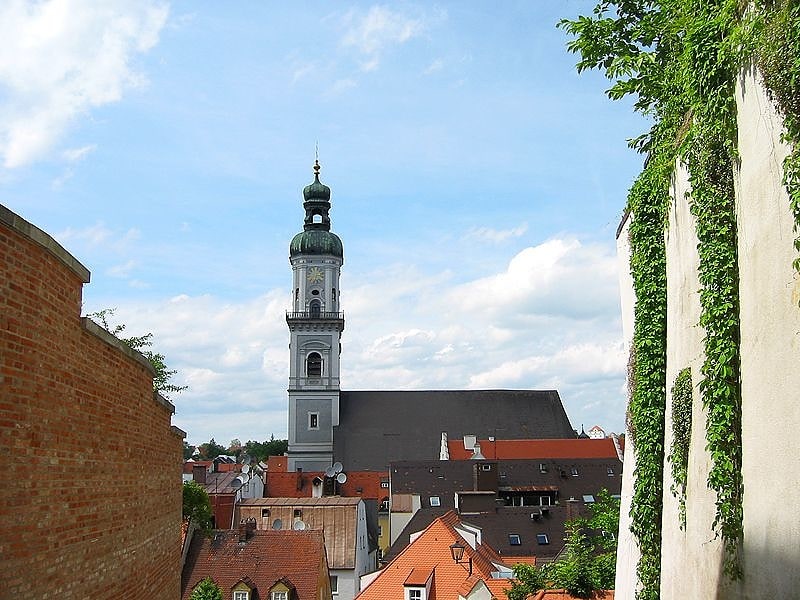
The parish church of St. Georg is the central parish church in Freising.
Buddhistisches Kloster Bodhi Vihara

Temple
Address: Domberg 10, Freising